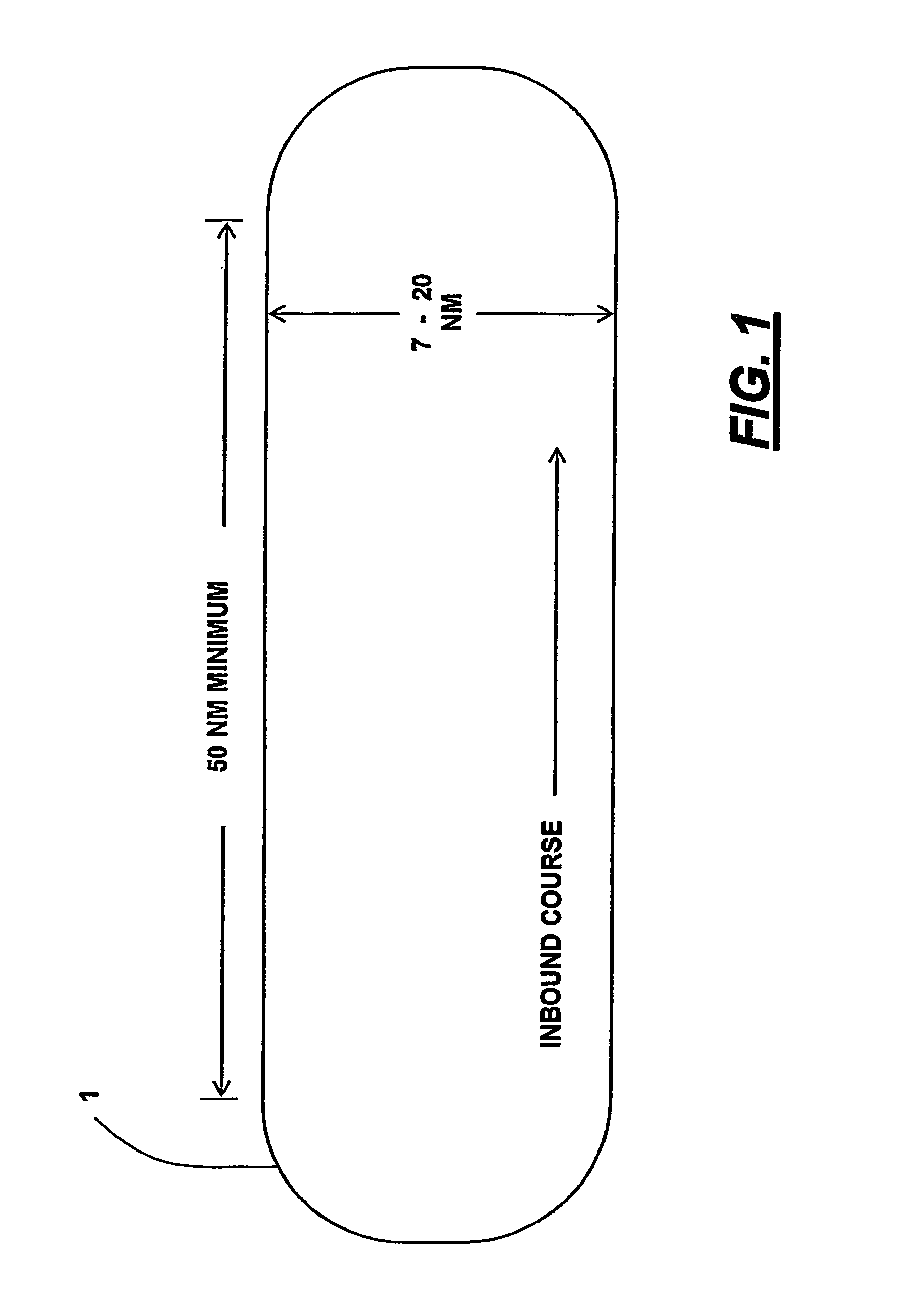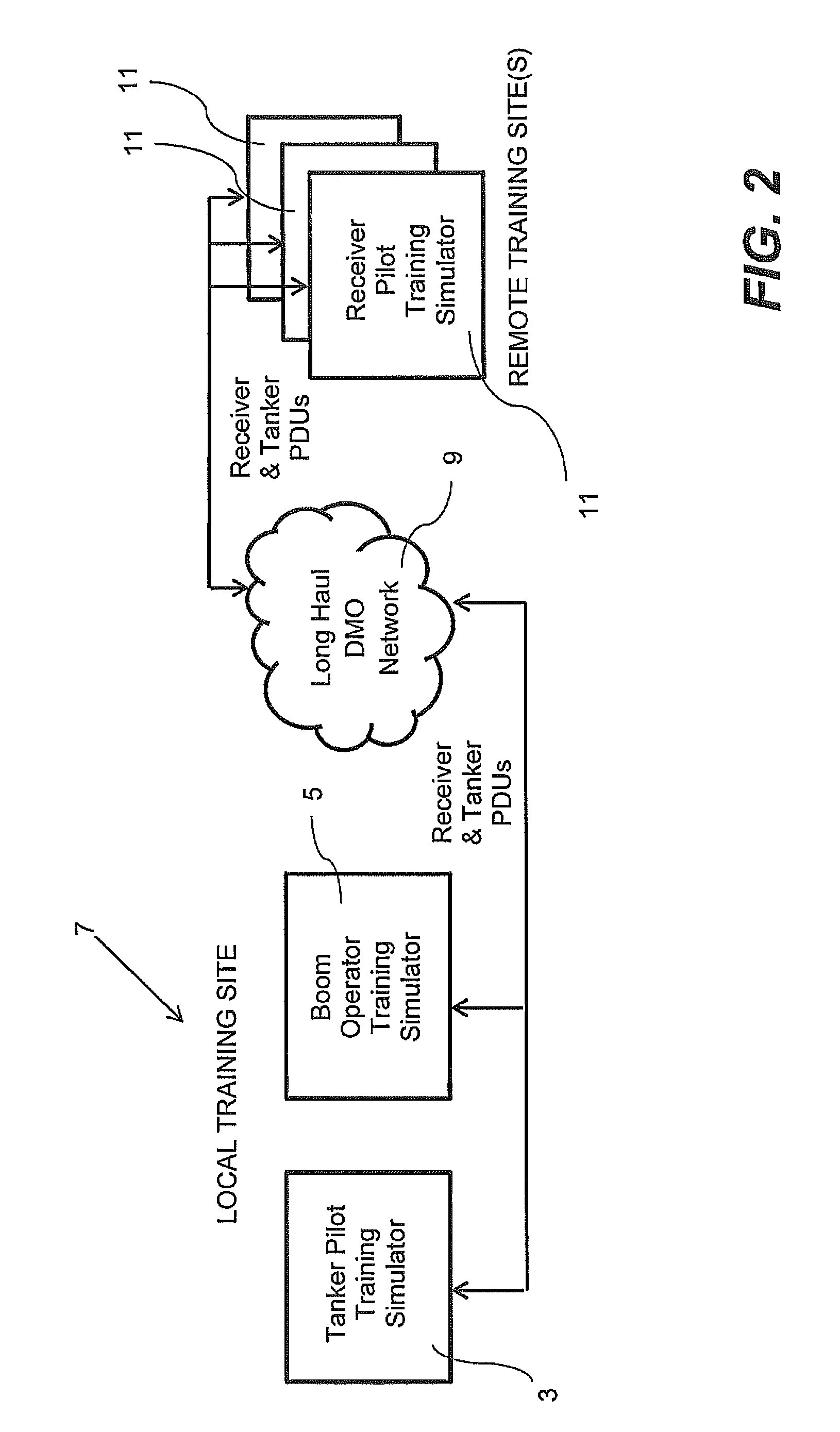Geographically distributed simulation system, components and methods
a simulation system and component technology, applied in the field of systems, can solve problems such as jittery interaction, simulators that are unrealistic in appearance, and may be significant 90 feet errors, and achieve the effect of reducing the effect of latency
- Summary
- Abstract
- Description
- Claims
- Application Information
AI Technical Summary
Benefits of technology
Problems solved by technology
Method used
Image
Examples
Embodiment Construction
[0036]Distributed simulations have been used for many years to train people to use various types of vehicles, especially aircraft, in a variety of exercises. An advantage of training first in a simulation is that the pilot skills for difficult maneuvers or operations is developed at least to a degree before the more dangerous real-world operation is undertaken. Additional advantages include ability to train where otherwise restricted by airspace constraints, and ability to achieve required skill levels at significantly reduced cost. Various combat and non-combat mission skills are taught using groups of simulators connected in local or wide area networks.
[0037]One such operation of relatively high complexity is flight aerial refueling of an aircraft, such as a helicopter or fighter jet (the receiver aircraft) from an aircraft outfitted to carry fuel and deliver it through a boom (a tanker). In aerial refueling, the tanker pilot flies an Air to Air Refueling (AAR) orbit and performs ...
PUM
 Login to View More
Login to View More Abstract
Description
Claims
Application Information
 Login to View More
Login to View More - R&D
- Intellectual Property
- Life Sciences
- Materials
- Tech Scout
- Unparalleled Data Quality
- Higher Quality Content
- 60% Fewer Hallucinations
Browse by: Latest US Patents, China's latest patents, Technical Efficacy Thesaurus, Application Domain, Technology Topic, Popular Technical Reports.
© 2025 PatSnap. All rights reserved.Legal|Privacy policy|Modern Slavery Act Transparency Statement|Sitemap|About US| Contact US: help@patsnap.com



